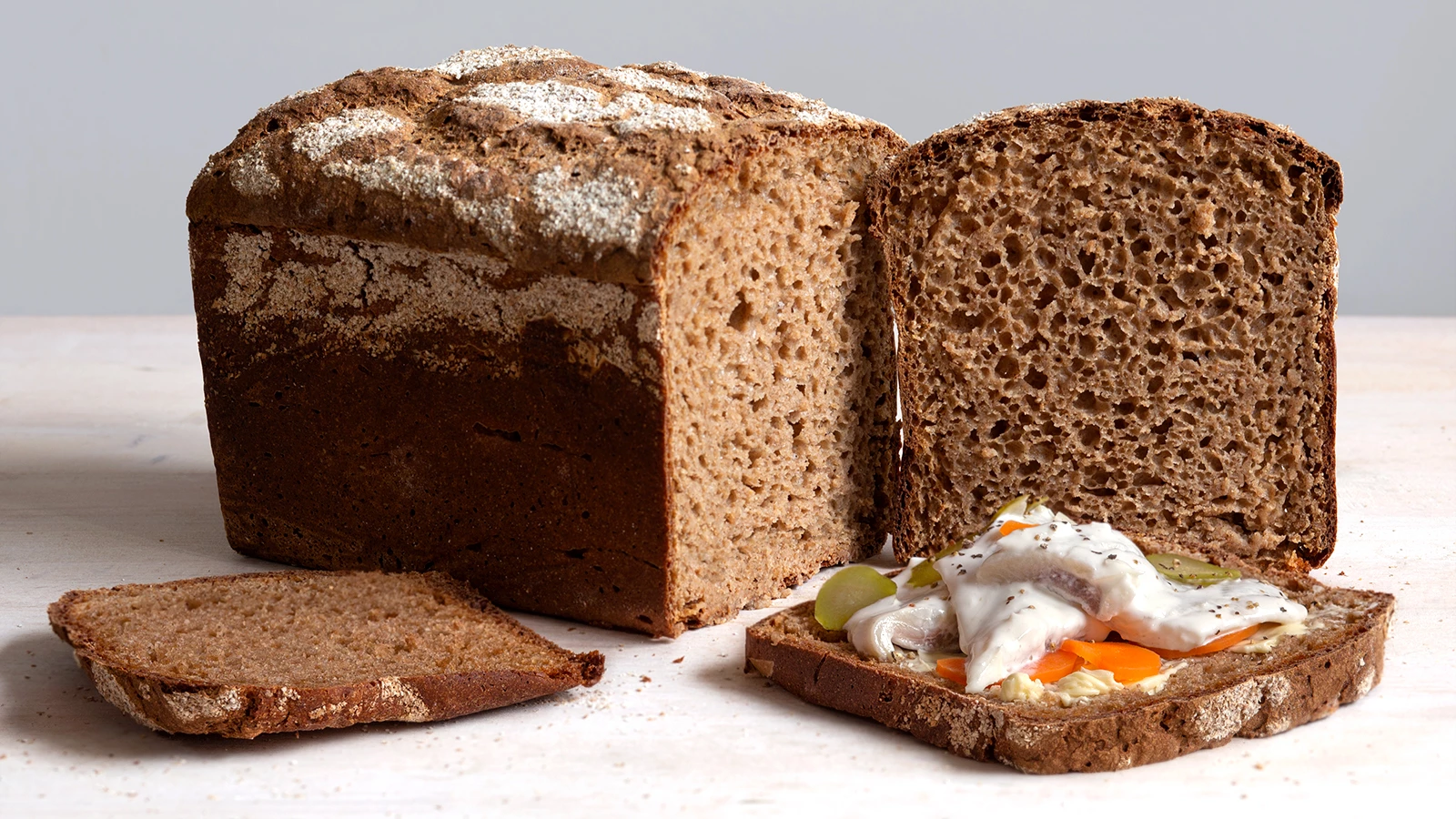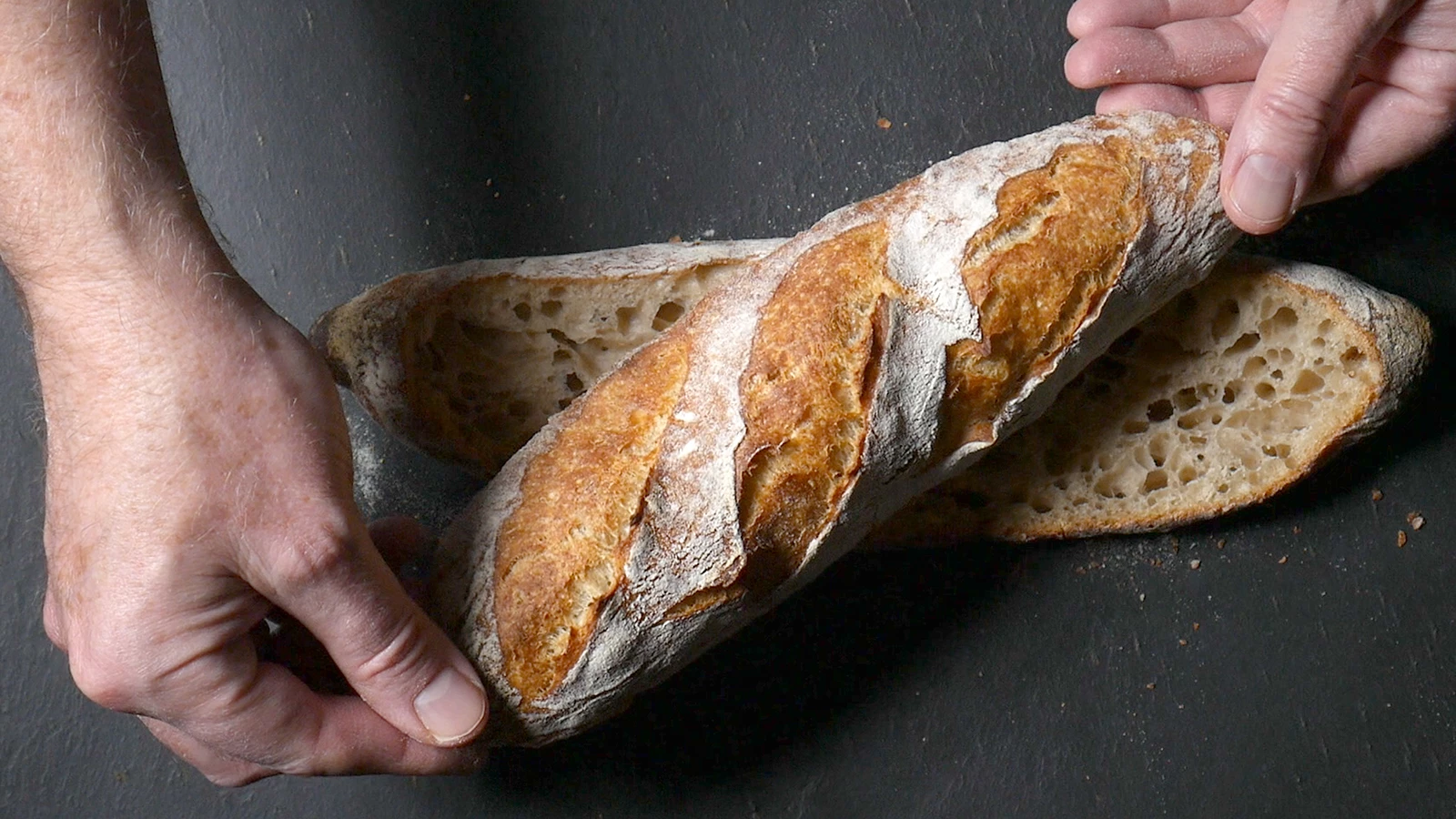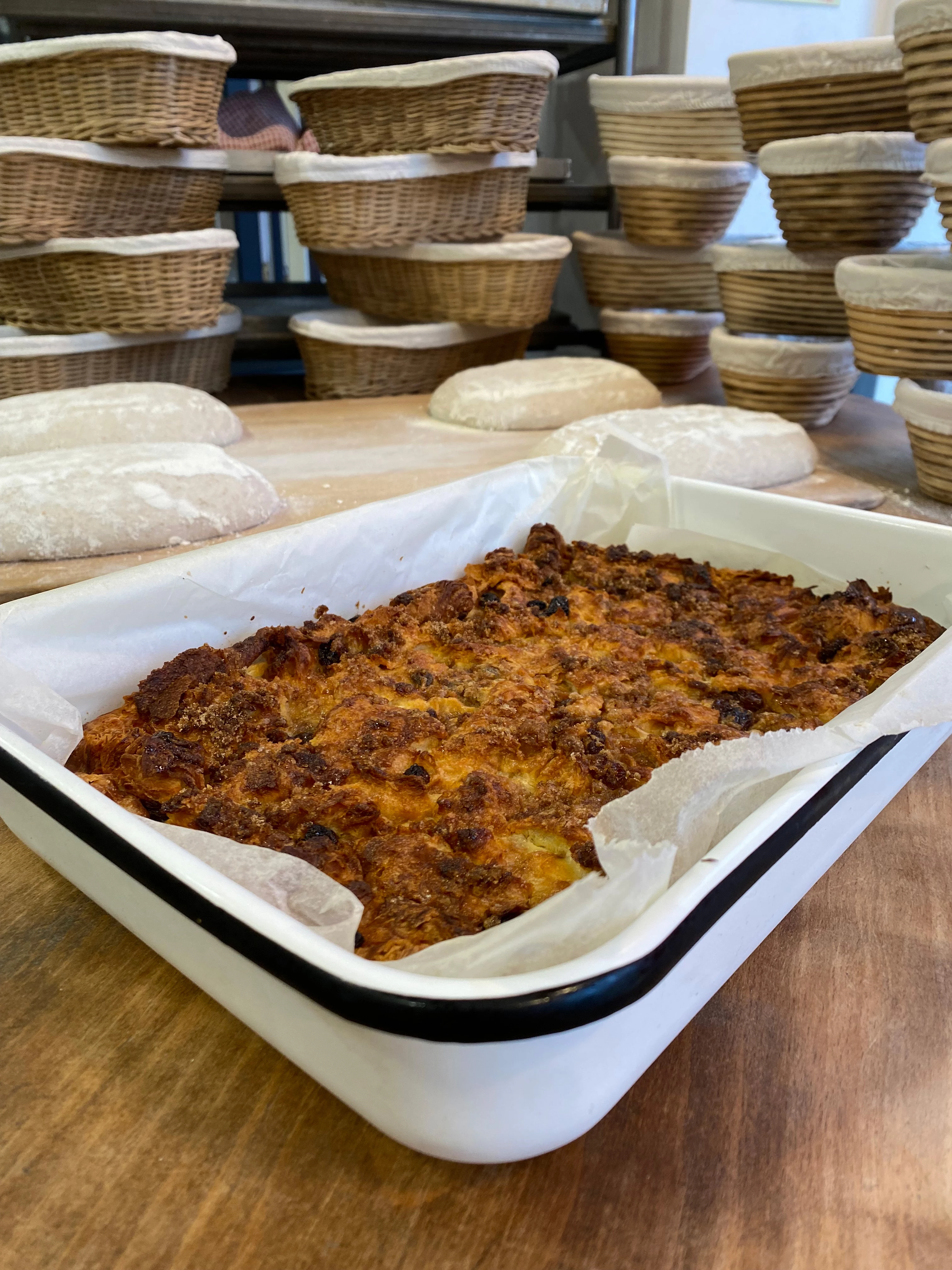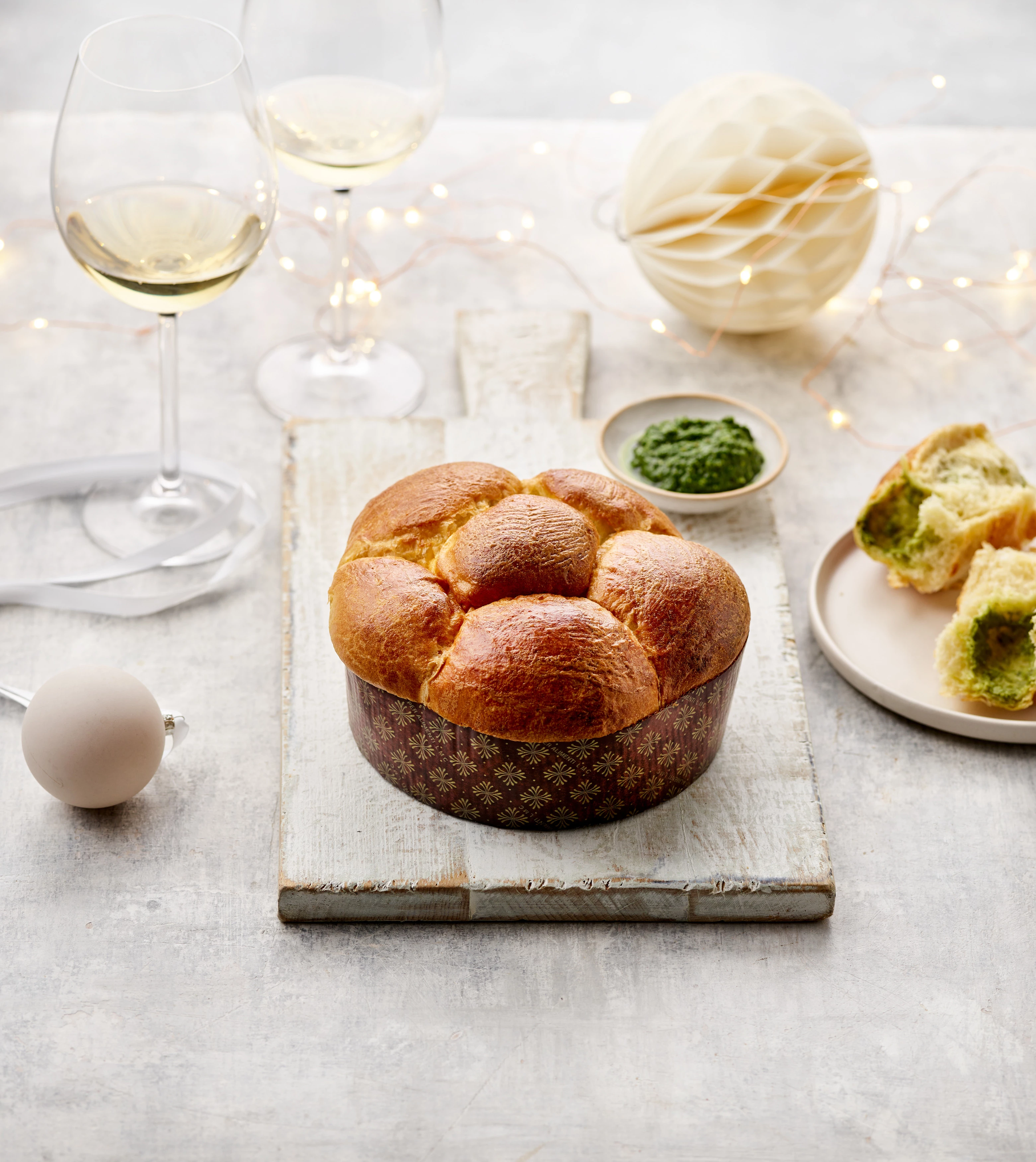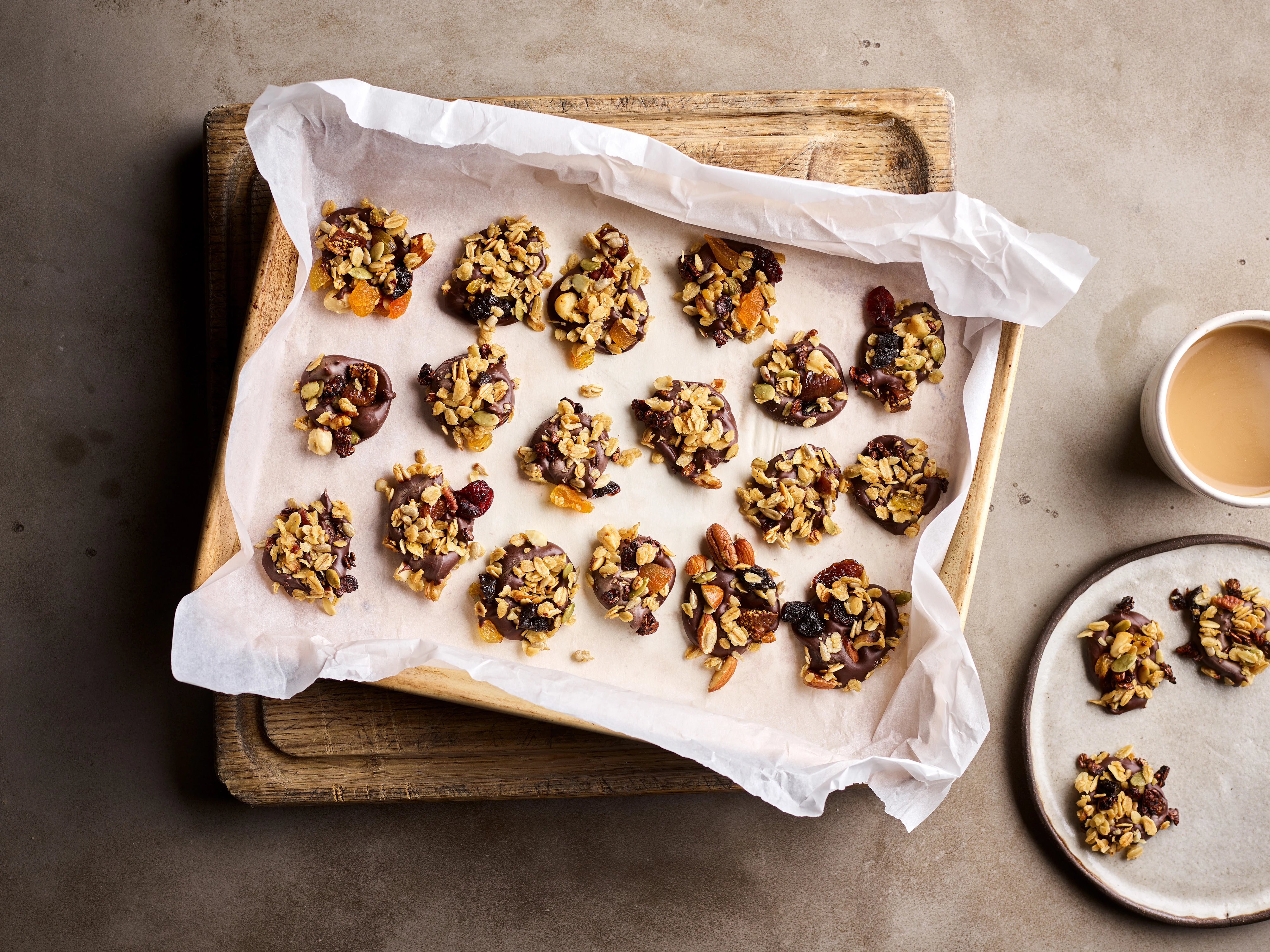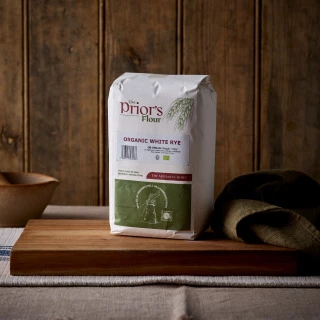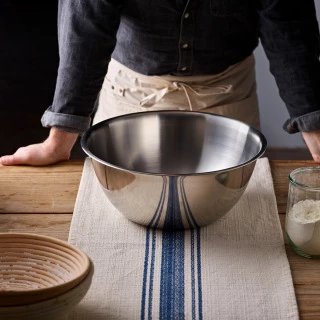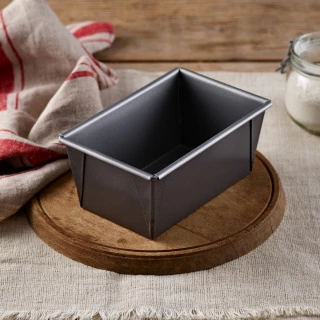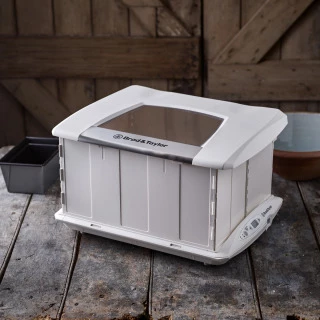Ingredients
for the overnight starter
370g warm water, at about 25C
75g active sourdough starter
370g The Priors Organic White Rye Flour
for the dough
up to 70g warm water, at about 25C
30g Black Bee honey
10g fine salt
150g The Priors Organic White Rye Flour
For some bakers this loaf is considered the King of Sourdough as it has a reputation for both an amazing flavour (which it does) and a complexity in getting it right. It has an intense sourdough tang to it, perfect when paired with strong-flavoured foods like pickled herrings or blue cheese. Though my favourite way of eating it is toasted and buttered with Seville marmalade.
Using what’s known as white (or sometimes “light”) rye flour helps get a great result. This is rye flour that has most of the bran sifted out: don’t waste it, it’s great for dusting on shaped dough to stop it sticking to our BakeryBits brotform, bannetons, and proving baskets, and our BakeryBits proving cloths. You can make white rye yourself just by sifting regular rye with a fine sieve, very easy to do.
Judging the final rise is the tricky bit: you only want it to rise by about ¼ before baking. This is because rye lacks any gluten that would otherwise hold the crumb together. If it rises more, the crumb can drop down inside from the upper crust leaving a big hole; or it might be difficult to slice without crumbling. But you can do it!
Makes one large loaf, from a Traditional 900g (2lb) Tin
Method
The night before, pour the warm water into a large bowl, whisk in the sourdough then stir in the flour evenly. Cover well, a plate over the top is better than a cloth (to stop it drying out), and leave at about 25C for 12-18 hours to rise, and become full of acidity.
The following day, add about half the water (35g) to the overnight starter together with the honey and the salt, and stir well. Add the rye flour then stir it until the mixture is smooth. You want the consistency to be very thick but stir’able with a spoon, giving a little resistance. Add more water if it feels too stiff.
Line the inside of a 2lb (900g) loaf tin with non-stick paper. I do this because sometimes the acidity of the dough can cause it to stick, and you don’t want that (otherwise you might want to butter the inside of the tin very well). Spoon the dough into the tin, it will come to about ¾ way up and look very full.
Place the tin to rise in a warm place, around 25C for about 2 hours, or until it has risen by a quarter, to almost the top of the tin. Don’t let it over-rise, better to slightly under rise for the best combination of aeration and slicing ease.
Heat the oven to 180C (fan). Bake for 30 minutes then reduce the temperature to 160C (fan) and bake for a further 40 minutes. Remove from the oven and leave to cool in the tin. Once cold, remove from the tin and wrap well, leave for at least 24 hours for the crust to soften and the crumb to set. Freezes very well.
Tips:
I use the Brød & Taylor Folding Proofer to keep the overnight starter and the final dough in. This makes setting the right temperature very easy.
You can dust the top of the loaf with flour, or just leave it bare. Some cooks like to brush the crust of the bare baked loaf with oil while it’s still warm just after baking.

